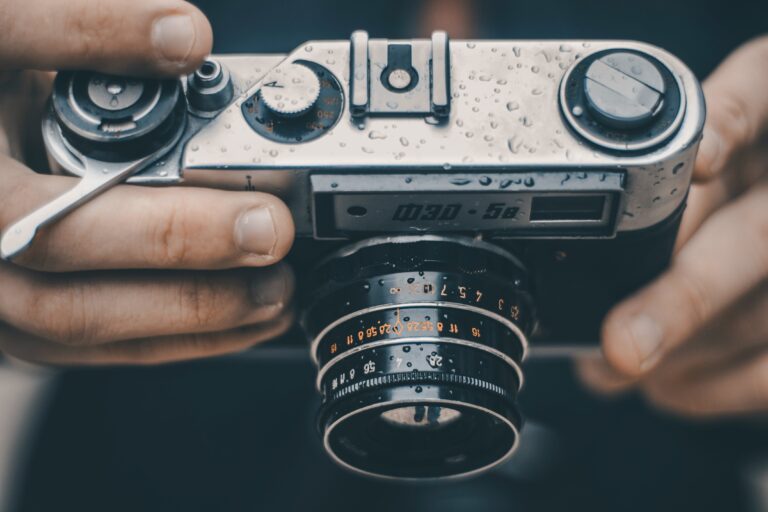IEC 60529 Ingress Protection Expertise
IEC 60529 IP Rating
The International Electrotechnical Commission created the IEC 60529 standard in 1998. It was developed to create a systematic way to classify degrees of protection from ingress that are provided by equipment enclosures. The classification system, referred to as the IP code, describes levels of protection provided by enclosures and requisite test methods for verifying that protection. The standard is applicable for commercial electrical equipment rated for voltages not exceeding 72.5 kV.
IEC 60529 defines three different types of ingress protection:
- The protection of human access to hazardous components within an enclosure,
- The protection of equipment from solid objects including dust,
- The protection provided by an enclosure against the ingress of water.
IP Code Designations
IP Codes are designated with a series of numerals and letters. The code begins with the letters “IP” followed by:
- a first numeral describing degree of protection from solid objects,
- a second numeral describing degree of protection from water ingress,
- a letter designation for protection from access to hazardous components,
- and a supplementary letter describing supplementary information.
Classification for solid object ingress protection fall under seven categories:
- Objects 50 mm in size or larger,
- Objects 12.5 mm or larger,
- Objects 2.5 mm and larger,
- Objects 1.0 mm and larger,
- Dust protected (meaning that operation of device shall not be interfered with by dust intrusion) and,
- Dust Tight.
- The numeral “0” denotes no protection.
Classification of water ingress protection is broken down into eleven different categories:
- 1 – Denotes protection against dripping water,
- 2 – Denotes protection against vertically dripping water when equipment is tilted at 15 degrees
- 3 – Protection against spraying water at a pressure between 50-150 kPa for 1 minute exposure per square meter.
- 4 – Protection against splashing water from any direction for 10 minutes
- 5 – Protection from water jets of 12.5 liters per minute at 30 kPa for 1 minute per square meter.
- 6 – Protection from powerful waterjets of 100 liters per minute at 100 kPa.
- 6a – Protection from waterjets of pressures of 1,00 kPa
- 7 – Immersion up to 1 meter.
- 8 – Immersion 1 meter or more
- 9 – Powerful high temperature waterjets.
- X – denotes unknown
- 0 – denotes none
Supplementary letters are used to designate the following:
- F – Oil Resistant
- H – High Voltage Apparatus
- M – Motion during testing
- S – Stationary during testing
- W – Weather conditions
Additional letters are used to denote access to hazardous parts:
- A – Protection of back of hand access
- B – Protection from finger access
- C – Protection from tool access
- D – Protection from wires
NEMA Electrical Enclosure Types
The National Electrical Manufacturers Association (NEMA) likewise defines grades of electrical enclosures. NEMA 250 is applicable for industrial equipment and includes classifications for ingress protection against coolants, oils, acetylene, and gasoline. While the NEMA standard uses similar designations to IEC 60529 the designations are not cross referenceable.
Military Ingress Test Standards
While there are numerous military standards that define various ingress criteria, MIL-STD-810 is the standard that is most generally used for product testing. This standard has a variety of test methods to evaluate ingress capabilities.
MIL-STD-810 Method 512 Immersion
Immersion MIL-STD-810 Method 512 is used to evaluate the ingress protection capabilities of products against water intrusion. This is normally used for military equipment where immersion in water is a probable event in that product’s life cycle, including logistical and tactical transport. Performance of this testing does not necessarily preclude a requirement for Blowing Rain testing, as this environmental stressor presents different challenges for gasket design. As in other MIL-STD-810 test methods, operational testing is required when indicated by requirements or the Life Cycle Environmental Profile (LCEP).
Typical complete immersion duration is 30 minutes for both procedures. For Procedure I, a standard depth of 3.28 ft (1 m) is used. This depth is measured from the surface of the water to the top of the test item. For Procedure II test depth is determined by the class of vehicle the equipment is designed for. When testing to depths greater than 1 meter is required, a pressure vessel may be used with the test item completely submerged.
MIL-STD-810 Method 506 Rain
Rain, MIL-STD-810, Method 506 is used to evaluate materiel likely to be exposed to rain, water spray, or dripping water during storage, transit, or operation. It can also be used to evaluate seals, enclosures, and covers to prevent ingress of water, access effectiveness of water removal systems, and evaluate the physical deterioration of materials due to exposure to water.
MIL-STD-810 Method 510 Sand and Dust
Sand and Dust MIL-STD-810, Method 510 testing is used to evaluate equipment’s ability to withstand exposure to blowing sand and dust. This test is to be performed in environmental chambers and replicates natural exposures expected in hot-dry regions of the world.
The standard defines dust as particles with a diameter less than 150 μm. Sand is defined as particles with a diameter between 150 to 850 μm. The standard further defines the prescribed composition of these particles to be used in the procedures.
Sand and Dust can cause numerous effects on equipment that can result in serious degradation of performance or complete failure. Abrasion, erosion, and penetration of seals can occur. Effects caused by the interference of moving parts as particles enter into crevices, bearings, and joints can render equipment ineffective or hinder use. Additionally, when particles obstruct openings and vents, they can cause overheating.
Put CVG Strategy’s Experience to Work for You
Companies of all sizes, from start up to established product developers, face challenges in product test and evaluation. This can particularly be the case when a product is developed for a new market sector or expanding sales internationally.
Properly tested products prevent costly product recalls, product redesign, and product liability. They maintain customer satisfaction and keep your company’s reputation in good standing. Contact CVG Strategy to see how our testing services can assist your engineering team navigate IEC 60529, NEMA 250, or MIL-STD-810 testing requirements and design challenges. CVG Strategy offers EZ Test Plan Templates for environmental (climatic/dynamic), ingress, and EMI/EMC test documentation.



